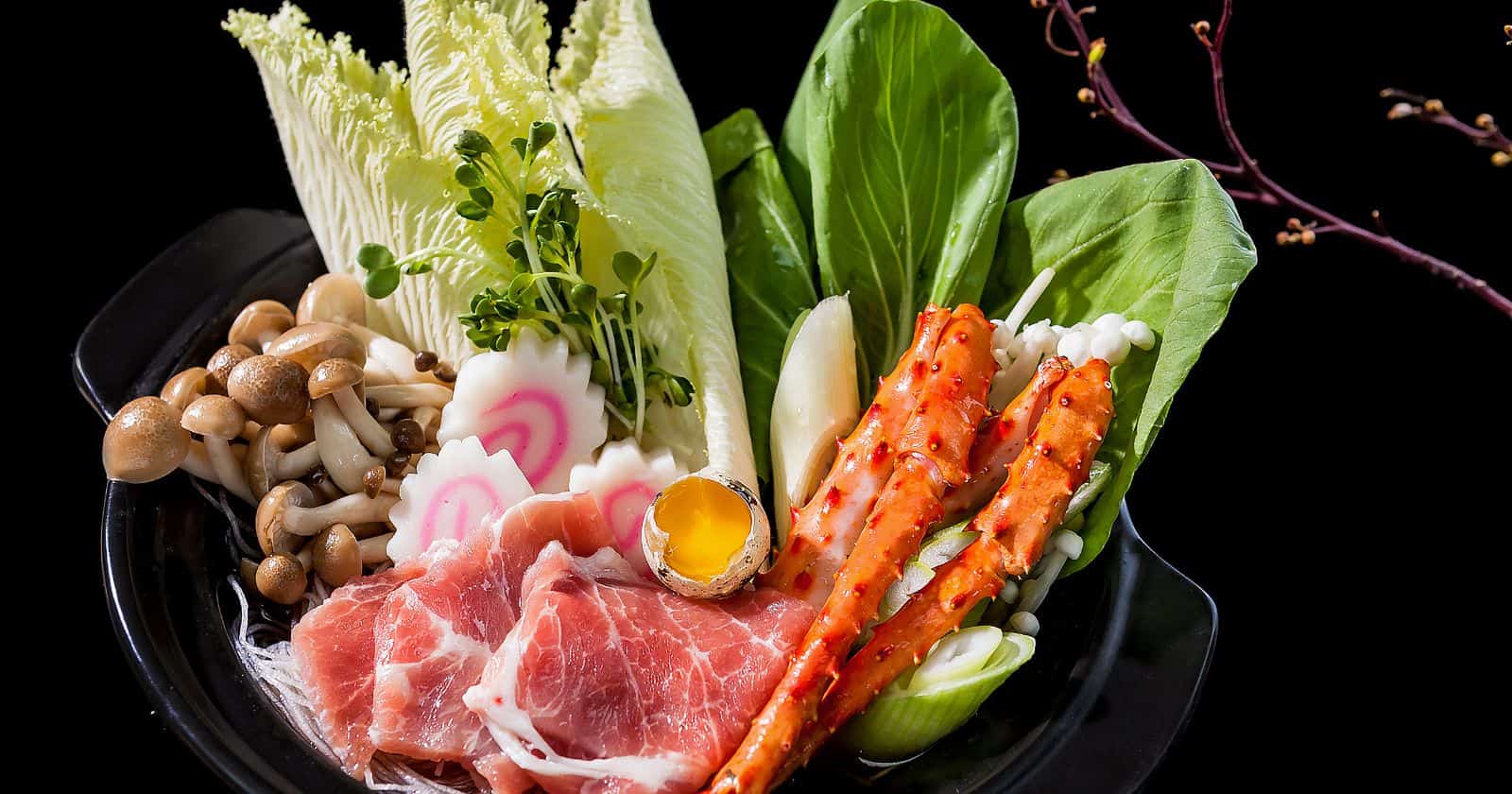Fellow Asian cuisine aficionados, have you ever found yourself puzzled over the difference between hot pot and shabu shabu? At first glance, these popular communal dining styles seem nearly identical. Both involve cooking thinly sliced meats, veggies, and noodles in bubbling broth. So what sets these Japanese and Chinese staples apart?
In this post, I’ll clarify the key distinctions between hot pot and shabu shabu, from ingredient choices to broth styles to cooking techniques. Understanding the nuances can help you decide which rejuvenating experience to partake in for your next dinner party.
I’ll outline the history behind each dish and explain their unique preparation methods. You’ll also learn how factors like broth temperature, dipping sauces, and meal progression differ between hot pot and shabu shabu. With this guide, you’ll be able to confidently choose, prepare, and enjoy either specialty.
Let’s unravel the particularities, so next time your guests request a communal, interactive dining experience, you can tailor it perfectly to their appetites. Say hello to hot pot and shabu shabu!
Origins and History
Hot Pot History
- Originated in China over 1000 years ago
- Mongolian warriors likely invented it for quick, convenient meals
- Various regional preparations developed across China
- Known as “huo guo” in Chinese
Shabu Shabu History
- Originated in Japan in the 20th century
- Inspired by Chinese hot pot but tailored for Japanese tastes
- “Shabu shabu” sound mimics the swishing of meat in broth
- Popularized by Japanese restaurants after WWII
Broth Styles
Hot Pot Broths
- Often divided into spicy or mild broths in pot
- Rich, intense flavors from long-simmered meats and bones
- Chili oil, Sichuan peppercorns, chilies provide heat
- Cilantro, scallions, sesame oil offer herbal notes
Shabu Shabu Broths
- Almost always mild, delicate, clear broth
- Made from chicken, seafood, or kombu dashi
- Flavored subtly with sake, mirin, soy sauce
- Emphasizes clean tastes of the raw ingredients
Cooking Methods
Hot Pot Cooking
- Broth simmers at rolling boil
- Ingredients are plunged into the bubbling broth
- Meat and veggies are cooked through fully
- Eggs may be cracked right into the broth
Shabu Shabu Cooking
- Broth remains at gentle simmer
- Ingredients are swished back and forth
- Meat is cooked rare to medium-rare
- Veggies are blanched briefly to retain crunch
Typical Ingredients
Hot Pot Ingredients
- Sliced beef, pork belly, chicken
- Tofu, fish balls, fish cakes
- Mushrooms, leafy greens, vermicelli
- Scallions, cilantro, chilies
Shabu Shabu Ingredients
- Thinly sliced beef, pork, chicken
- Tofu, shrimp, scallops
- Chrysanthemum leaves, baby bok choy
- Scallions, shiitake mushrooms, udon noodles
Dipping Sauces and Condiments
Hot Pot Sauces
- Chile oil, sesame paste, hoisin
- Soy sauce, rice vinegar, chili sauce
- Sesame oil, roasted garlic, fresh herbs
Shabu Shabu Sauces
- Ponzu, sesame sauce, soy sauce
- Rayu chili oil, lemon, grated daikon
- Green onions, bonito flakes, yuzu kosho
Etiquette and Customs
Hot Pot Customs
- Cook meats before leafy greens
- Don’t double-dip chopsticks between raw and cooked foods
- Add items gradually to maintain broth boil
- Ladle broth into individual dipping bowls
Shabu Shabu Customs
- Swish meats slice by slice to control doneness
- Dip cooked items in sauce before eating
- Only cook what you will eat – don’t overfill pot
- Keep broth at a gentle simmer to preserve flavors
Choosing Between Hot Pot and Shabu Shabu
Now that you know the differences, how do you pick between them for your dinner party?
Choose hot pot when you want:
- A variety of ingredients and flavors
- Fully cooked, stewed meats and veggies
- A very interactive, hands-on meal
Pick shabu shabu when you prefer:
- Subtly flavored ingredients
- Rare to medium-rare sliced meats
- A simple but elegant dining experience
Both hot pot and shabu shabu create memorable, conversational meals. Think about your guests’ tastes and cooking preferences as you decide between the spicy Chinese hot pot or the delicate Japanese shabu shabu. Either way, get ready for some bubbly good times!
Bring People Together Over Bubbling Broths
I hope this guide has clarified the main differences between hot pot and shabu shabu, from broth styles to ingredients to cooking methods. Understanding the nuances can help you create the perfect interactive dining experience.
Next time you host a dinner party, consider the comparisons here as you plan a hot pot or shabu shabu meal. Just be sure to lay down protection for your table!
Let me know in the comments if you have any other hot pot or shabu shabu tips to share! Now gather some friends and get dipping.





